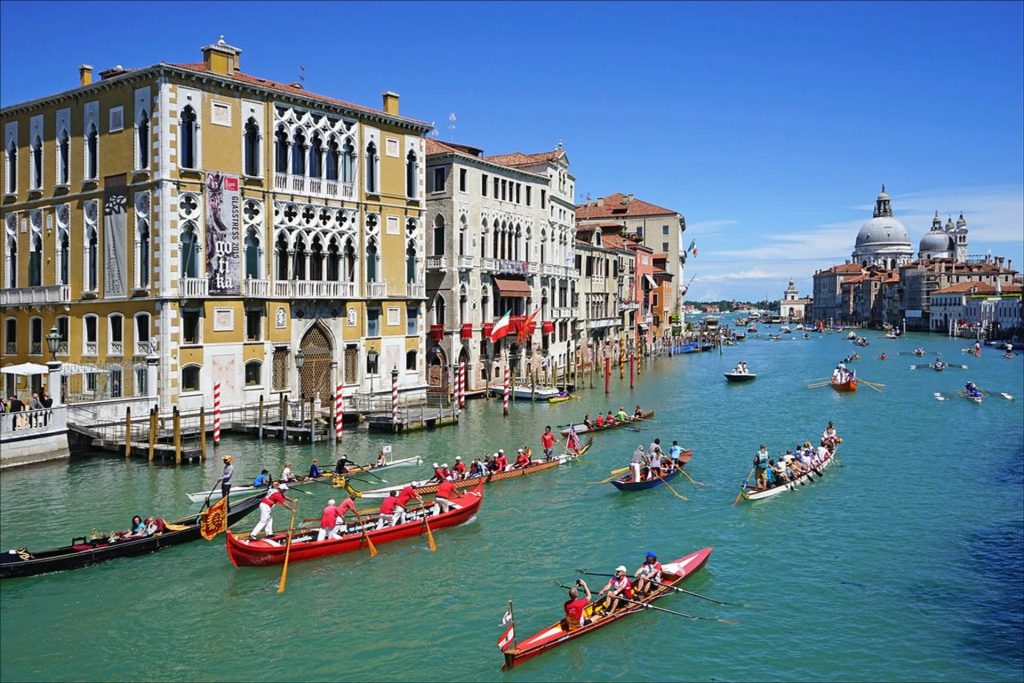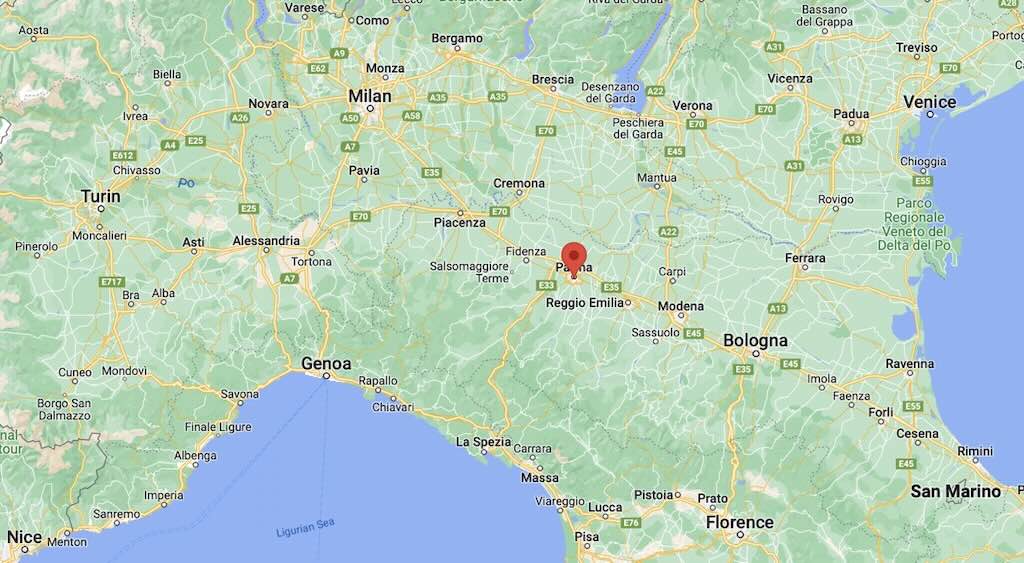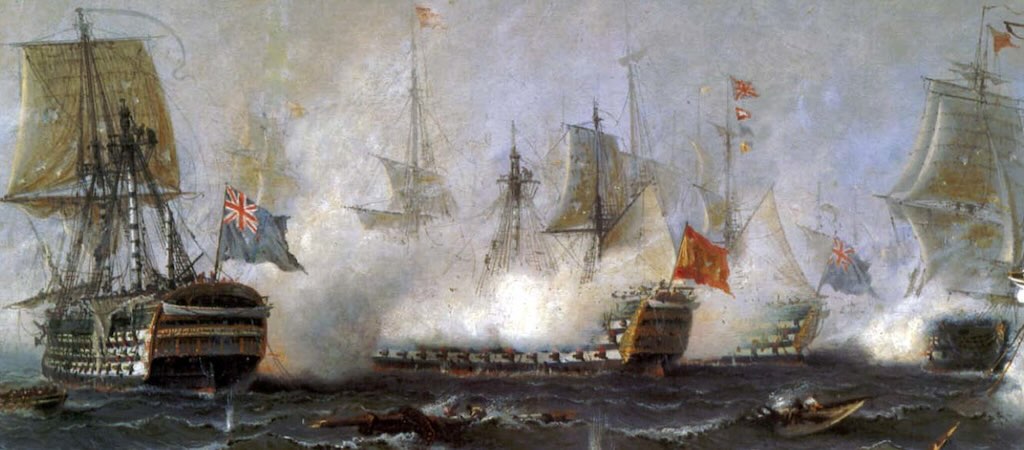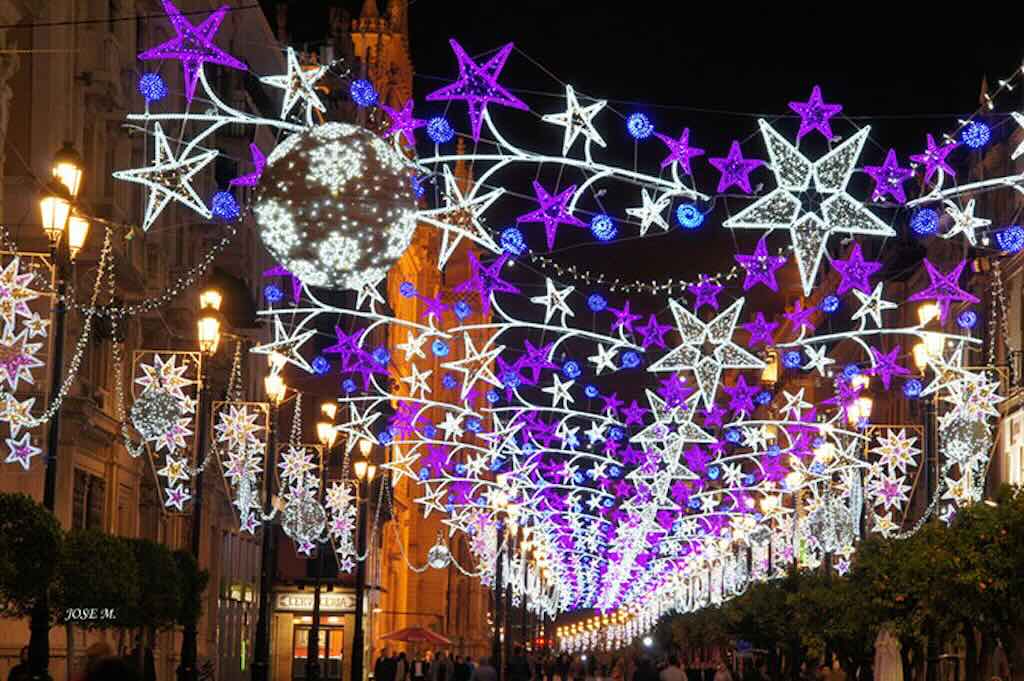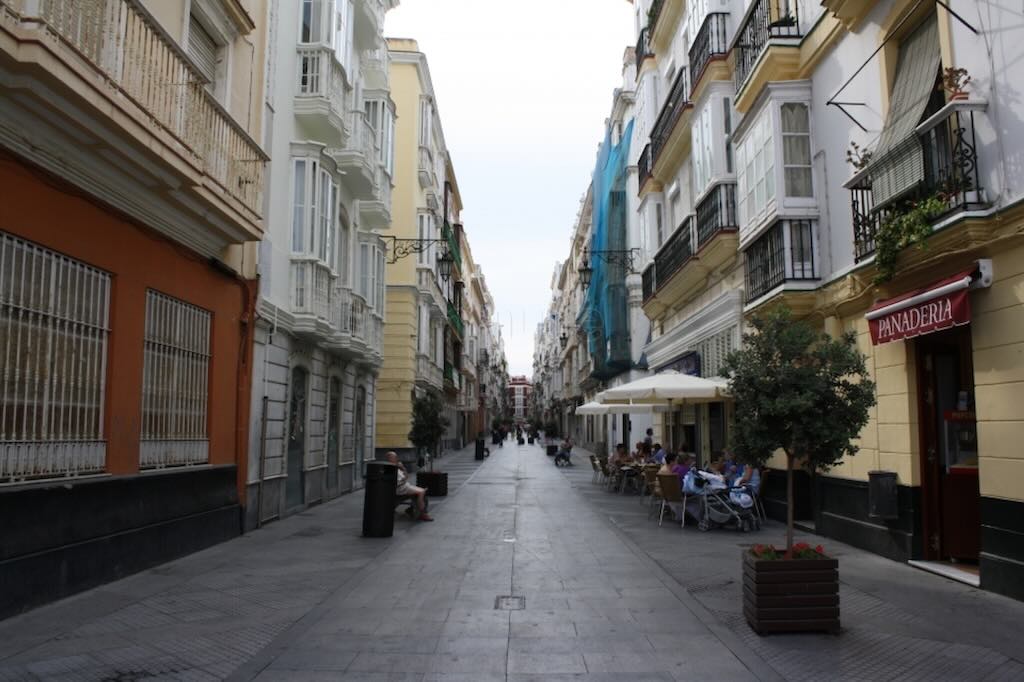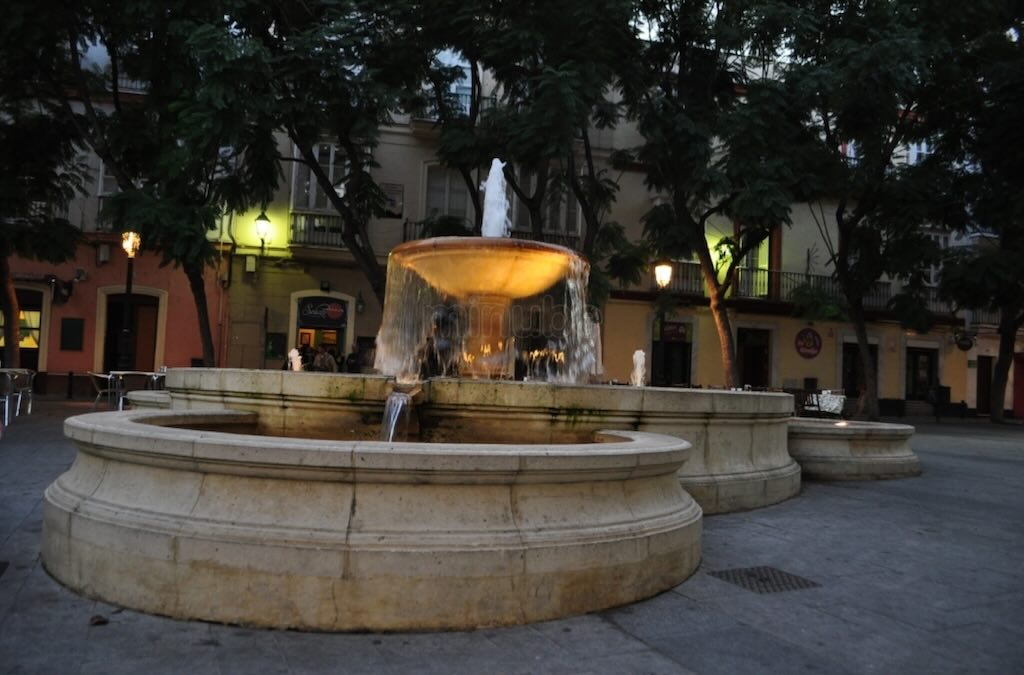I’ve described elsewhere my “vinyl history” through the 1960s until 1982.
For my wife Monique, and myself, the 1980s were characterised with a move from Italy to Luxembourg, selling in Italy and buying a new house in a small Luxembourg village. And, for both of us, new jobs, new colleagues, and new friends.
Music was not high on our list of family priorities, but we did invest in the new technology of the compact disc, and we had (finally) the space to install a decent hi-fi system.
It’s a bit odd that I consider myself, musically speaking, a child of the 1970s, but in fact the 80s was also a great period, where my tastes and preferences changed (evolved, deteriorated, who knows). Monique’s musical tastes were a bit of an enigma. She clearly came out of the 50’s, but more than anything else she liked something she could dance to. She enjoyed the moment and had rhythm, her life was a mix of salsa and tango. I didn’t, and still don’t, have any rhythm, and my life is a mix of practicing, forgetting, and re-practicing a plodding waltz, but that does not mean I waltzed through life!
I think, in many ways, “dance” defined our life together. Monique tangoed through time with abandon, head held high, and I waltzed from day-to-day, with flat feet, trying to avoid colliding with others on the dance floor of life.
I will firstly describe our “old” hi-fi system, and then look at the music we liked through the 1980s.
From vinyl to optical
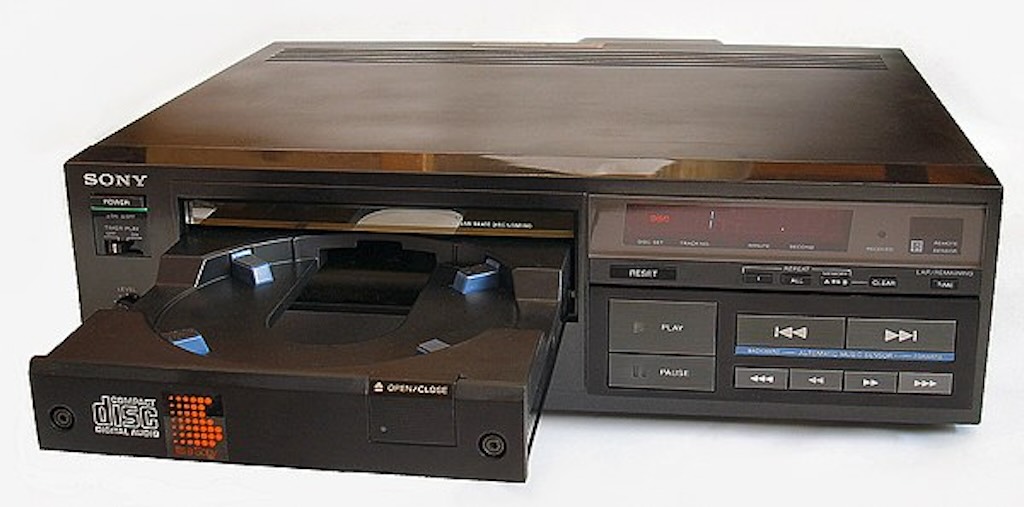
One of the first things we did in late-1982 was to put our old vinyl collection on a shelf, and commit to the Compact Disc Digital Audio (CD-DA) standard.
In early 1983 we bought a Sony CDP-101, the world’s first commercially available compact disc player.
And we started to replace some of our old vinyls with CD compilations.
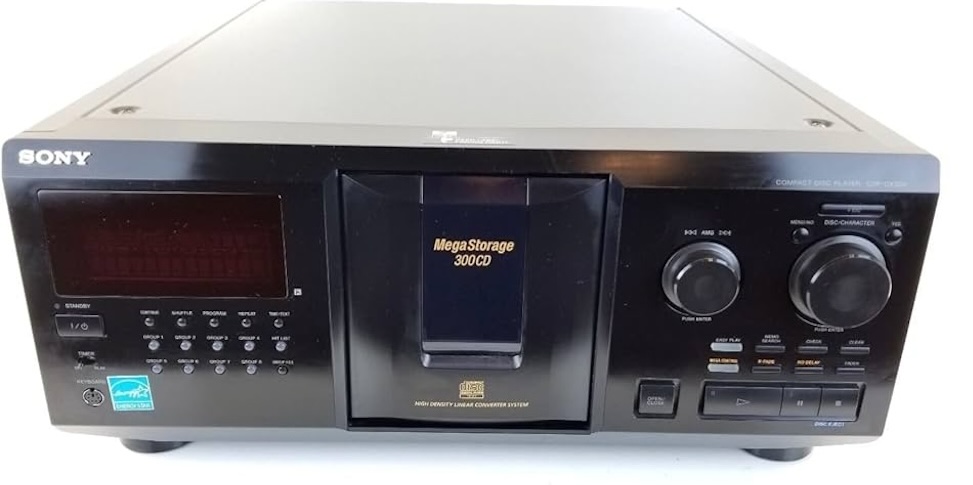
Later we would upgrade the CD player to a SONY Jukebox (see above) able to store 300 CDs, and later still we would daisy-chain a second Jukebox, giving us a storage for 600 CDs.
QUAD ESL-63
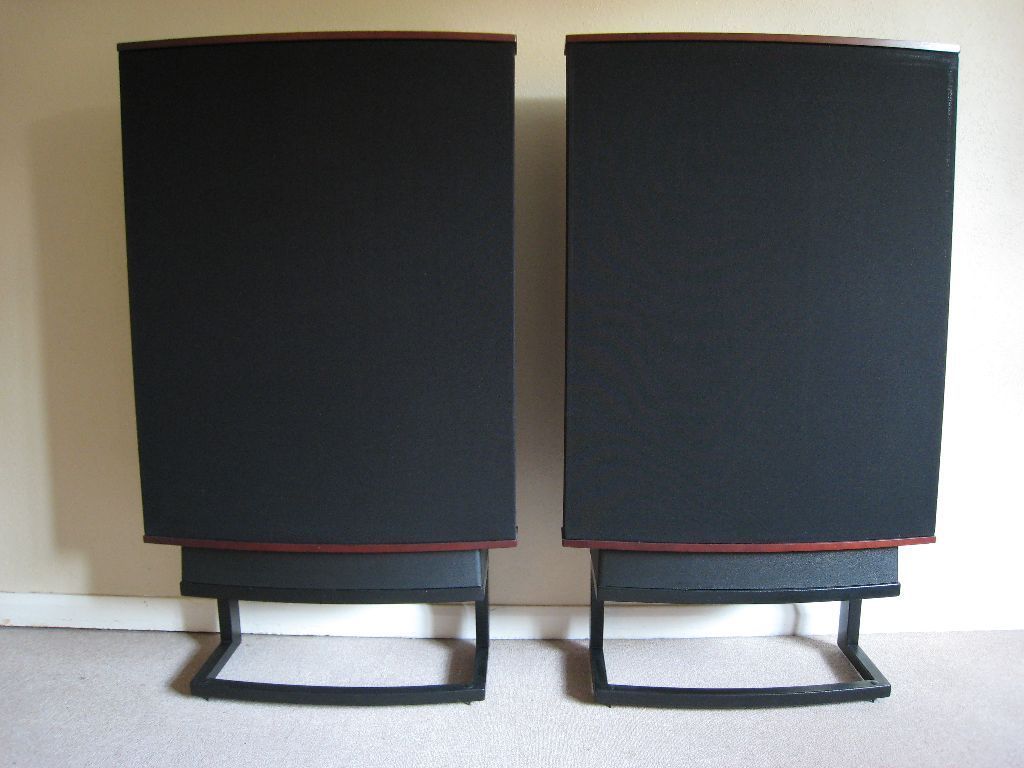
The appreciation of audio quality is very, very subjective, and involves everything from a persons emotional state to the response function of their ears.
Technically the stylus running through the grooves of a record as well as vibration from the turntable motor can introduce parasites that don’t exist with a compact disc player. In addition the compact disc offers a better signal-to-noise ratio.
Also because the compact disc is “played” with a laser, nothing ever touches the disc surface. And there is very little measurable noise from the CD player’s motor.
Experts will continue the discussion about sampling rates, the improved storage capacity of compact discs which means that both bass and higher frequencies are more present, and the consequent lower distortion levels from compact discs.
The reality is that most people can’t tell the difference between the sound from a good vinyl or CD system.
But there is no accounting for human psychology, or the nostalgia of vinyl, or the fact that vinyl and compact discs can sound different for some people.
One thing often not mentioned is price. For those people who can tell the difference between vinyl and a CD, and who want that “high-end” vinyl experience, it will cost more. They will need to focus on the quality of the turntable/cartridge, the pre-amp, the amp, the speakers, and the acoustics of the listening environment. That will cost a lot more money. On top of that they will have to hunt for the best quality source material, and top quality vinyls are difficult to find and cost a premium. And a big collection of vinyls takes up a lot of space.
What steered me toward compact discs was the simplicity of the technology and the fact that I wouldn’t have to worry about damaging vinyls every time we wanted to listen to some music.
Another problem with people who buy vinyls, and to a lesser degree with those who buy compact discs, is that they don’t focus enough on the speakers. It’s a minefield. There are different types of speakers, different prices, difference performances, and a need to match the speakers with the right pre-amp, amps, etc.
And then there is the listening environment, it’s rare that someone’s living room is perfectly adapted for their hi-fi system.
The last problem is the one everyone knows, but prefers to ignore. The ideal hi-fi system costs always too much, so cost compromises are almost always inevitable. And it is so difficult to know where to compromise.
Going into the 80s, my hi-fi system (we just called them stereo systems) consisted of a Pioneer chain (record player, pre-amp and amp), coupled with a pair of Wharfedale speakers.
Having decided to move to compact discs, the question was either to stay with my existing stereo system, or upgrade to a hi-fi spec. The main source of information were the hi-fi magazines (no websites in those days). Firstly in a village in Italy it was impossible to obtain such magazines, and secondly even in the local towns there were no hi-fi shops, etc. (nearest would have been in Milan). But moving to Luxembourg, I could find the magazines, and there were at least two specialist hi-fi shops (and they are still there even today).
I had read about the different speaker designs, and in particular about electrostatic speakers. Some years earlier a friend had worked for Dolby and had mentioned them as reference speakers. And I had also heard that Phillips engineers used QUADs as reference speakers.
Given that the QUAD ESL-63 electrostatic speakers were introduced in 1981, they were often discussed and reviewed through 1982-83.
A key fact was that I could listen to a complete set-up in one of the hi-fi shops in Luxembourg City. So we ended up buying a pair of QUAD ESL-63, along with a QUAD 405 power amp and a QUAD 44 pre-amp (to go with the SONY CDP-101).
Another key element was that we bought a large house, with a 60 square metre living-dining room, where the ESL-63s could sit set back from the walls, and have a decent space to fill. I was well aware of some of the QUADs limitations, in particular that they didn’t play particularly loud and that the base could be a little weak. But sat on special stands, we found them more than sufficient for our listening needs (check out this review from 1989).
What happened to our hi-fi system?
Through the 80s and 90s, nothing much happened to our hi-fi system.
Music certainly played a role in my life together with my wife Monique. In the 80s I travelled a lot, so we did enjoy the occasional moment just sitting in the living room in the evening, chatting and listening to some light, fun music. Then when she went upstairs, I could turn up the volume on some tracks from the 70s (Monique never liked loud music).
Through the 90s and early 00s, I bought a lot of music DVD’s, and we would sit through the concerts together.
In 2006-7 we moved from our big house to a decent sized apartment. There was no way that the QUADs would fit into the living room, so they were set up in a large bedroom in a semi-decent configuration. However, the world changes, and the first thing we did was move from the compact disc to a music streaming platform. I sold one of the SONY Jukeboxes, and gave the other to my Dad. I had already dumped the old CD jewel cases, and I managed to give away the old compact discs after making sure I had the streaming versions in my online library.
In the mid-2010s I sold the QUAD ESL-63s. One of the panels in one of the speakers had come unsoldered (a well known problem and easily repaired), but I still managed to sell the 40 year old pair for 5,000€.
Even today a pair of rebuilt ESL-63s can cost in excess of 5,000€.
Music of the 80s
Wikipedia tells us that the 1980s saw the emergence of electronic dance music and new wave, also known as Modern Rock.
As disco fell out of fashion in the decade’s early years, genres such as post-disco, Italo disco, Euro disco, and dance-pop became more popular. Rock music continued to enjoy a wide audience. Soft rock, glam metal, thrash metal, shred guitar characterised by heavy distortion, pinch harmonics, and whammy bar abuse became very popular. Adult contemporary, quiet storm, and smooth jazz gained popularity.
In the late 1980s, glam metal became the largest, most commercially successful brand of music worldwide.
This is going to be interesting, since most of the above genres I’ve never heard of even now.
With my wife, most of our musical tastes were conditioned by what we saw on the Italian and French TV, and in addition I would listen to music on the rental car radio as I was travelling around Europe.
I’m going to try to follow the Wikipedia description, and try to match it to what’s in my playlists today.
Out of the 1970s
Monique came out of the 1970s liking disco music, with everything from Donna Summer (Last Dance, Hot Stuff, Bad Girls), Chic (Le Freak, Good Times), Village People (In the Navy, Go West, Y.M.C.A.), Earth, Wind, and Fire (September), etc.
She liked a odd mixture of American disco and Claude François (from Comme d’habitude to Alexandrie Alexandra) but top of her list was Saturday Night Fever (Stayin’ Alive, Night Fever, More Than a Woman, How Deep Is Your Love). Monique even tried to buy me a white jacket, shame she couldn’t buy me a pair of John Travolta‘s dancing feet.
Strangely, ABBA never really caught on with us, and I found that Italian pop singers such as Raffaella Carrà, Vasco Rossi and Adriano Celentano didn’t export well. But it must be said that Eros Ramazzotti, Lucio Dalla and Zucchero did manage the transition “out of Italy”, whilst remaining very Italian.
I was not a big fan of American music, or disco, but I did like tracks like Reach Out (I’ll Be There) and I Will Survive from Gloria Gaynor, Born to Be Alive by Patrick Hernandez, Ring My Bell by Anita Ward, Hotel California by The Eagles, but I could not buy into Prince, Bruce Springsteen or Bon Jovi.
Monique’s taste for English (British) music was quite hit-and-miss (but more miss than hit). She liked Rod Stewart (Da Ya Think I’m Sexy? and Baby Jane). I wasn’t a big fan, but I liked Stay With Me and Maggie May. She also liked Paul McCartney & Wings with Band on the Run, but I have always disliked McCartney’s total lack of commitment in his lyrics, and his too soft and honey-like vocals (give me John Lennon any day). On the other hand I could never convince Monique about the merits of the progressive rock group Pink Floyd with their Another Brick in the Wall, Part 2.
Coming into the 80s my favourite 70s rock groups, such as Led Zeppelin, The Doors, Deep Purple, ZZ Top, Mountain, King Crimson, Yes, Genesis, Mott the Hoople, etc. started to be too overly sophisticated (Monique didn’t like any of them). My tastes shifted a bit toward the so-called glam rock of Roxy Music and the soft rock of Fleetwood Mac (with Stevie Nicks) and Mungo Jerry, but I still had a love-hate relationship with Elton John (whom Monique liked). I was still an unconditional fan of the music of The Who (with Roger Daltrey), Jimi Hendrix, Janis Joplin, AC/DC, Cream and Blind Faith (with Steve Winwood from Traffic), but was not sure about the Sex Pistols and The Clash (Monique also didn’t like any of them either).
I wasn’t negative about all American music, because I like some tracks from Chicago, Don McLean, Paul Simon (and Simon & Garfunkel), and most of the work of Bob Dylan and the impressive Joan Baez. Whilst Monique clearly preferred American male singers such as Elvis Presley (not my generation) and Lionel Richie (good songs but a bit dated now).
Through the 70s I had not been a big fan of David Bowie, Queen or The Rolling Stones, but into the 80s I started to change my opinion. I now liked Under Pressure, I Want To Break Free, China Girl, and some of the live recordings of the Stones (I’ve always had a soft spot for Sympathy for the Devil, Street Fighting Man and above all Gimme Shelter with the highly underrated Merry Clayton on backing vocals).
Into the 80s
The 80s really kicked off with Michael Jackson, and Monique was immediately up on her feet insisting that we bought Thriller (1982) and later Bad (1987). I didn’t like Jackson, but I must admit his music (with videos) was quite compelling at times. On the other hand I could support the early Madonna albums Like a Virgin (1984) and Like a Prayer (1989), but Monique took an immediate dislike to her. In fact I’ve always had a preference for women singers, such as Tina Turner, Carly Simon, Roberta Flack, Donna Summer, Sonny & Cher (Cher and not Sonny), Carole King, Joni Mitchell, Grace Slick (loved “The Chrome Nun”), and the impressive Blondie who started in 1977 with (I’m Always Touched By Your) Presence, Dear and still came out with Maria in 1999.
For me the 80s kicked off with I’ll Stand by You from The Pretenders (with the great Chrissie Hynde), What’s Up? by 4 Non Blondes and Call Me (1980) from Blondie.
Monique liked Wake Me Up Before You Go-Go by Wham!, and Do You Really Want to Hurt Me and Karma Chameleon by Boy George and Culture Club, but she decided that the English were getting weirder and weirder (even weirder than me).
One thing Monique and I could agree on was the band Santana. Despite many of their most important tracks (Oye Cómo Va and Samba Pa Ti) coming for the 70s, we only really ‘discovered’ them in the early 80s.
I had transitioned from “fan” to the more sedate “appreciate”. So whilst I could not “commit” to a group. I could “like” individual tracks from Fine Young Cannibals, U2, The Bangles, R.E.M. Pet Shop Boys, Bananarama, etc.
In fact through the 80s I had become more “selective” (some might think more difficult or even grumpy), but I could never buy into Prince, Bruce Springsteen, Sinéad O’Connor, Bon Jovi, Rick Astley, Def Leppard, Aerosmith, Van Halen, Metallica, Public Enemy, Run D.M.C., Art of Noise, Heaven 17, The Smiths, The Cure, Police, A Flock of Seagulls, OMD, Ultravox, Simple Minds, Tears for Fears, Modern Talking, Beastie Boys, and I never liked American style country music. I also started to “fall out of love” with The Doors, Mountain, Led Zep, Deep Purple, King Crimson, Yes, Genesis, Mott the Hoople, etc.
But at the same time I appreciated more and more Dire Straits (Money for Nothing) and the Eurythmics with Annie Lennox. And I only have praise for the highly underrated Frankie Goes to Hollywood, with Relax, Two Tribes, and The Power of Love (super track).
I also acquired a soft spot for Stevie Ray Vaughan, a really fantastic blues guitarist.
There were a few “odd ones”, groups and artists that we both liked. One was Joe Cocker with You Are So Beautiful and Up Where We Belong, but Monique didn’t like With a Little Help from My Friends.
Another singer we both liked was Sade, with Your Love Is King, Smooth Operator and The Sweetest Taboo.
And Monique loved the reggae of UB40 (I Got You Babe).
Monique and I saw out the 80s with Simply Red, whom we both liked. Her favourite tracks were Holding Back the Years, If You Don’t Know Me by Now, A New Flame and Stars.

